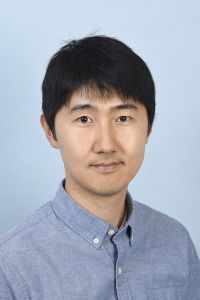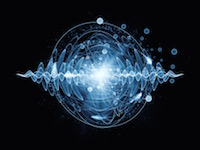
- Speaker: Dr. Lim, Hyang-Tag (KIST)
- Date: Wednesday October 30, 2019 05:00pm
- Place: Jungho Seminar Rooom
Abstract
Realization of a strongly interacting photonic systems is one of the essential issues in quantum optics. In solid-state systems, exciton-polaritons in micro-cavities, consisting of a cavity photon and a quantum well exciton, have interactions based on short-range exchange interaction between direct excitons. These interactions have lead to manifestation of a number of intriguing collective phenomena such as formation of spontaneous coherence, observation of vortex-antivortex pairs and dark solitons, and realization of polariton Josephson effect. However, a mean field approach has been successful to describe all these observations accurately. Increasing interactions between polaritons further is crucial to explore physics beyond mean-field description and to explore a new regime of strongly correlated photons.
In this presentation, I will discuss mainly two results. First, I will report that application of perpendicular electric and magnetic fields can generate a tunable artificial gauge potential for exciton-polaritons [1]. The strength and direction of the effected gauge potential are controlled electrically. Then, I will report that interaction between (dipolar) polaritons can be substantially increased by increasing size of the dipole moment of the polaritons. In our structure, one can tune the dipole size of dipolar polaritons by tuning the applied gate voltage, which controls growth directional electric fields. We observed more than factor of 5 enhancement in the interaction strength to linewidth ratio [2]. Together with strong polariton-polariton interactions and engineered polariton lattices, we believe that an artificial gauge field could play a key role in investigation of non-equilibrium dynamics of strongly correlated photons. In addition, dipolar polaritons could be used to demonstrate a polariton blockade effect, which could be the first demonstration of true quantum nature of polaritons beyond semi-classical description.
References
- H.-T. Lim*, E. Togan*, M. Kroner, J. Miguel-Sanchez, and A. Imamoglu, Nature Commun. 8, 14540 (2017).
- E. Togan*, H.-T. Lim*, S. Faelt, W. Wegscheider, and A. Imamoglu, Phys. Rev. Lett. 121, 227402 (2018).
